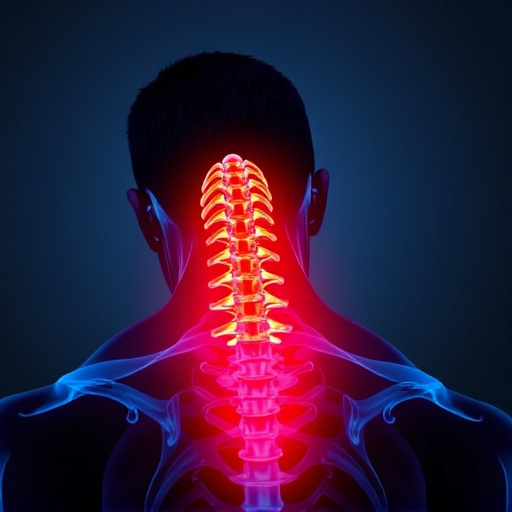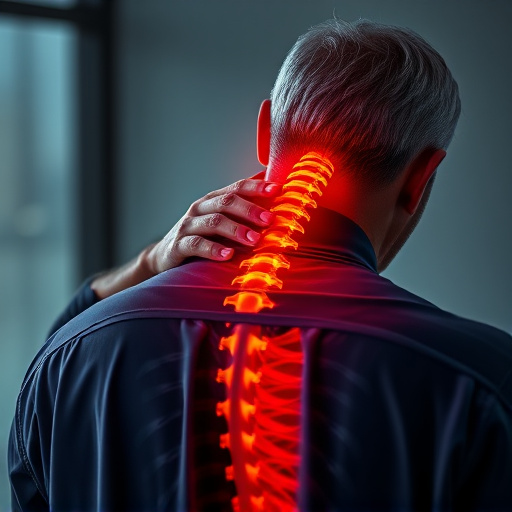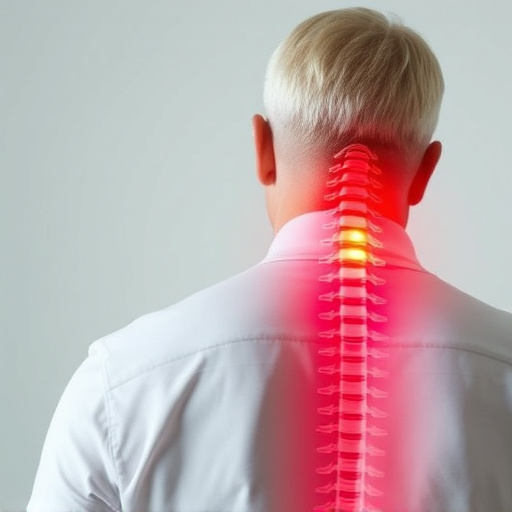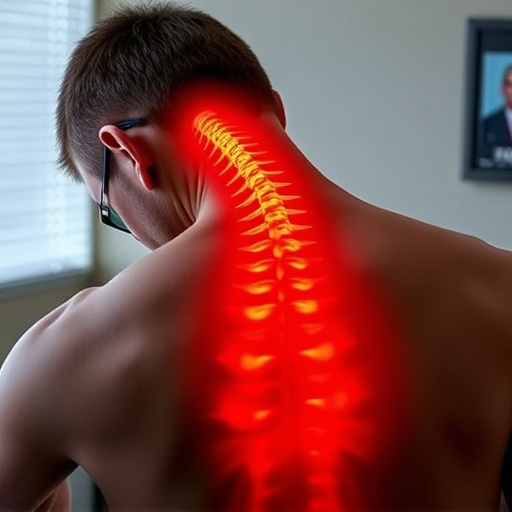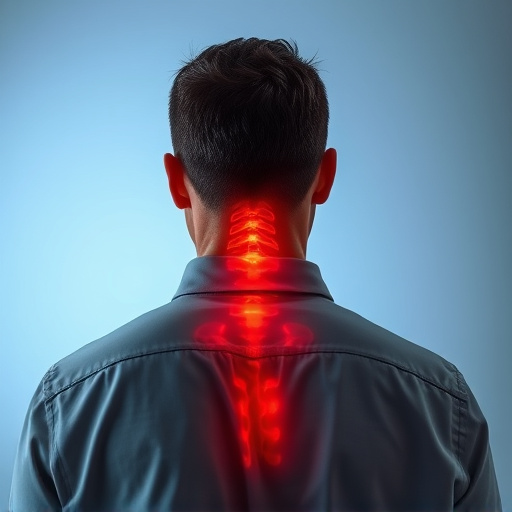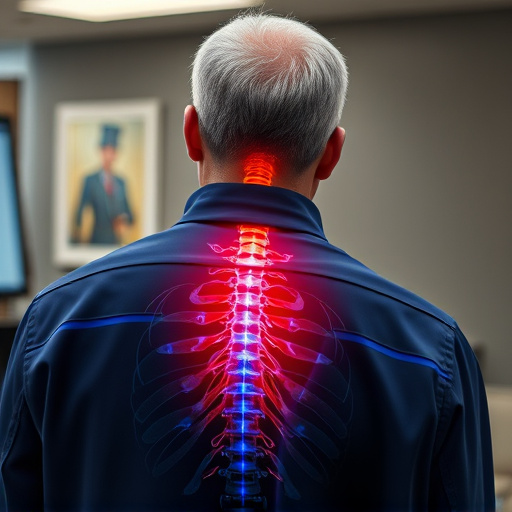Severe recurring headaches, like tension headaches and migraines, can greatly impair daily life due to chronic pain. These are often triggered by stress, poor posture, or neck/back issues. Effective treatment requires a holistic approach addressing both physical symptoms and causes. Combining therapies targeting inflammation, posture improvement, and neck and back pain relief is crucial. Evidence-based methods include postural reeducation, chiropractic adjustments, exercises, acupuncture, biofeedback training, ergonomic practices, stretching, meditation, yoga, balanced diet, and hydration. If headaches are frequent and severe, professional help is essential to manage discomfort, disability, and potential depression, with tailored treatment plans focusing on neck and back pain relief.
Do severe, recurring headaches disrupt your life? You’re not alone. Understanding the root causes—from neck strain to structural issues—is key to effective treatment. This comprehensive guide explores various approaches to manage chronic headaches, focusing on holistic solutions that address both neck and back pain. Discover non-invasive techniques, lifestyle adjustments, and critical milestones for seeking professional help, empowering you to reclaim your well-being.
- Understanding Severe Recurring Headaches: Causes and Types
- The Link Between Neck Pain and Headaches
- Back Pain Relief Techniques for Headache Management
- Non-Invasive Treatment Options for Recurrent Headaches
- Lifestyle Changes for Preventing and Managing Headaches
- When to Seek Professional Help for Chronic Headache Relief
Understanding Severe Recurring Headaches: Causes and Types
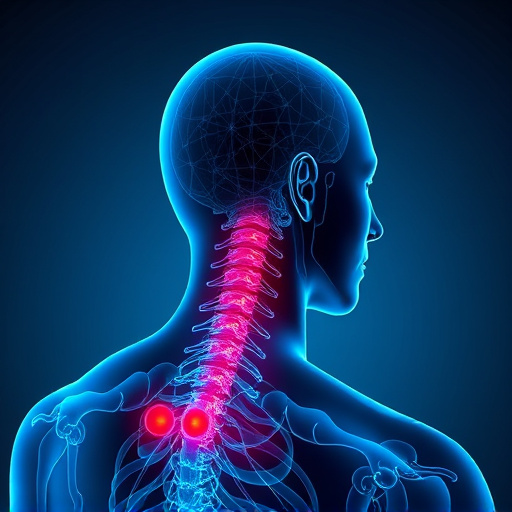
Severe recurring headaches can significantly impact an individual’s quality of life, often leading to chronic pain and discomfort. Understanding these headaches is crucial for effective treatment. There are several types of severe recurring headaches, each with distinct characteristics and causes. Some common triggers include tension headaches, which are often related to stress, anxiety, or poor posture, resulting in neck and back pain relief being a sought-after solution.
Migraines, another type, are intense throbbing pains that can last for hours or even days. They are often accompanied by nausea, sensitivity to light and sound, and visual disturbances. Trigger factors for migraines vary from person to person but may include certain foods, stress, hormonal changes, and environmental stimuli. Addressing these headaches requires a comprehensive approach, considering both the physical symptoms and potential underlying causes, including issues related to neck and back pain relief.
The Link Between Neck Pain and Headaches
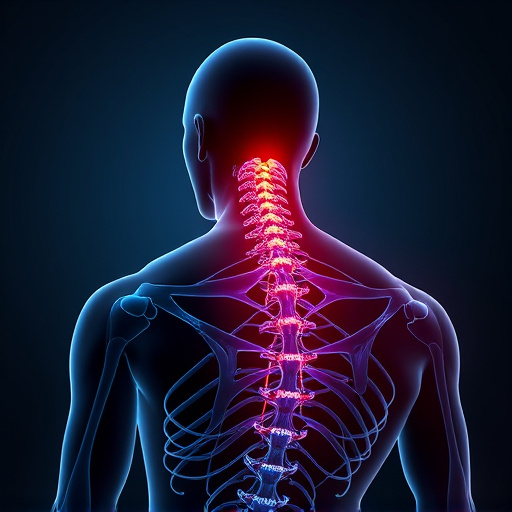
The connection between neck pain and headaches, especially recurring severe ones, is a topic of growing interest in the medical community. Many patients suffering from chronic headaches often experience accompanying neck discomfort or stiffness. This link can be attributed to several factors related to the structure and function of the neck.
The neck houses and supports vital structures such as the spinal cord, nerves, and blood vessels. Any issues within this region can lead to a cascade of symptoms, including headaches. Neck pain relief is not just about alleviating discomfort; it plays a crucial role in managing recurring headaches. Effective treatment strategies for both conditions often involve a combination of therapies aimed at reducing inflammation, improving posture, and enhancing overall neck and back pain relief.
Back Pain Relief Techniques for Headache Management
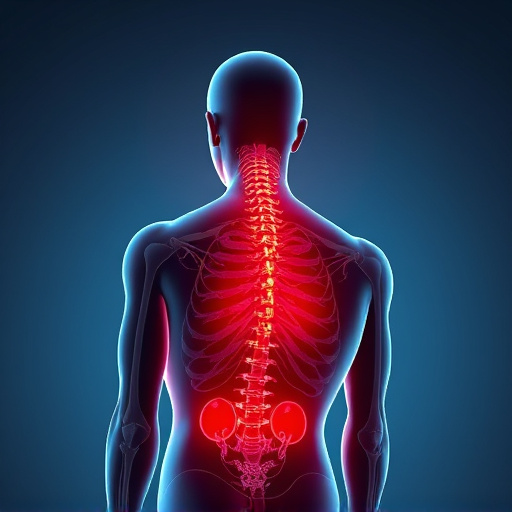
Many individuals suffering from severe recurring headaches also experience accompanying neck and back pain. This can create a complex interplay where tension in the muscles of the neck and upper back contributes to, or is exacerbated by, headache symptoms. As such, integrating targeted neck and back pain relief techniques into headache management plans is crucial.
Fortunately, a variety of evidence-based methods exist for alleviating neck and back pain associated with headaches. These include postural reeducation, gentle chiropractic adjustments, and specialized exercises designed to strengthen the muscles that support the head, neck, and spine. By addressing these areas directly, these techniques can help break the cycle of muscle tension and reduce the frequency and intensity of recurring headaches.
Non-Invasive Treatment Options for Recurrent Headaches
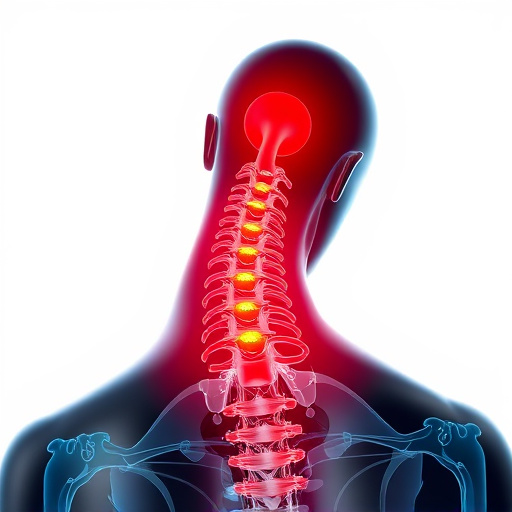
For those suffering from severe recurring headaches, there are numerous non-invasive treatment options that can provide much-needed relief. One effective approach focuses on alleviating neck and back pain, as these areas often play a significant role in head ache onset. Chirotherapy and physical therapy techniques such as spinal manipulation and targeted stretching exercises can help reduce muscle tension and improve overall posture, thereby minimizing headache frequency and intensity.
Additionally, non-pharmacological interventions like acupuncture and biofeedback training have shown promising results. Acupuncture involves inserting thin needles at specific points to stimulate the body’s natural painkillers and relax muscles, particularly those in the neck and scalp. Biofeedback training teaches individuals to control certain bodily functions, such as muscle tension, through real-time feedback from sensors attached to their bodies. These non-invasive methods offer a holistic approach to managing recurring headaches, addressing both physical and mental aspects to achieve lasting relief beyond symptom masking.
Lifestyle Changes for Preventing and Managing Headaches
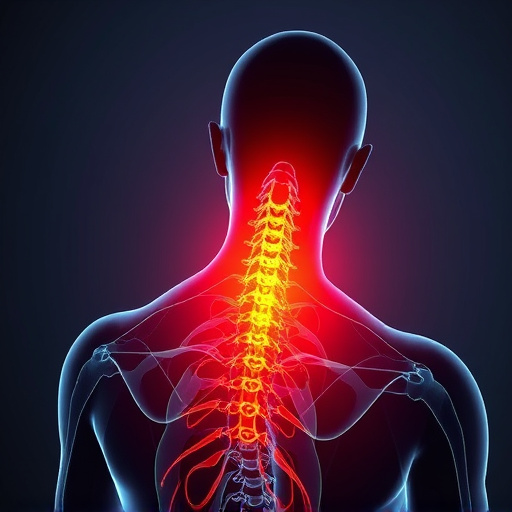
For those suffering from severe recurring headaches, implementing lifestyle changes can be a powerful tool in preventing and managing symptoms. Beyond medication, simple adjustments to your daily routine can significantly reduce headache frequency and intensity. One key area is prioritizing neck and back pain relief. Poor posture and muscle tension in the neck and back are often linked to headaches, so adopting ergonomic practices and practicing regular stretching routines can be beneficial.
Additionally, stress management plays a crucial role. Techniques such as meditation, yoga, or even just taking time for hobbies and relaxation can help alleviate the tension that often triggers headaches. Maintaining a balanced diet and staying hydrated is also essential, as dehydration and blood sugar fluctuations are common headache culprits. These lifestyle changes, combined with medical advice from healthcare professionals, offer a holistic approach to managing recurring headaches effectively.
When to Seek Professional Help for Chronic Headache Relief
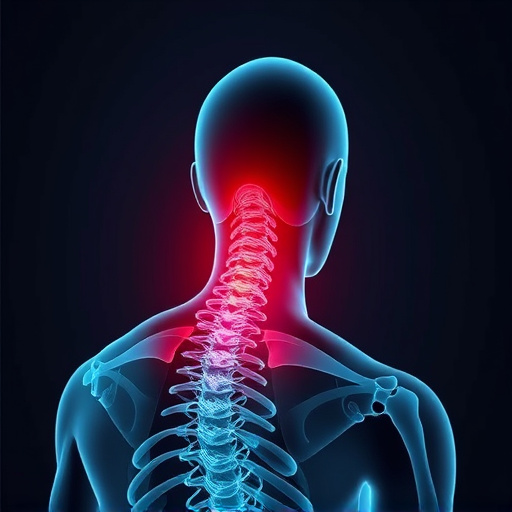
If your headaches are frequent, severe, and persistent, it’s time to seek professional help. Chronic or recurring headaches can significantly impact your quality of life, leading to ongoing discomfort, disability, and even depression if left untreated. Many people ignore the signs, but seeking medical advice early is crucial for effective headache management.
A specialized healthcare provider will not only offer a diagnosis but also tailored treatment plans focusing on both the head and neck regions. Neck and back pain relief are common concerns associated with chronic headaches, as tensions in these areas can trigger and exacerbate symptoms. Professional intervention ensures a comprehensive approach, addressing not just the immediate relief but also underlying causes, offering long-term solutions for managing severe recurring headaches.








